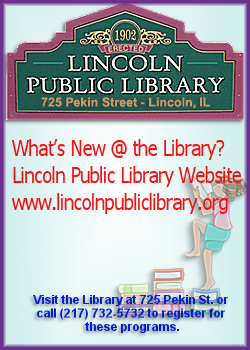Review by
Richard SumrallIn his book "Choosing a Bible," editor and
author Donald Kraus asks, "Why are there so many translations of the Holy
Bible, and which ones are the right ones to use?" His answer speaks to the
primary idea behind the book: "I wrote this book to help provide answers for
such questions. ... I've had to think hard and continuously about them
(Bible translations), why there are so many, and what we can and cannot do
with them."
Bible translations can be divided into two categories. General-purpose
translations are suitable for study and reading, while specialized
translations have specific goals and purposes in mind.
For purposes of discussion we need to define exactly what is a Bible
translation. According to Kraus, "Far from being the static, fixed result of
a mechanical process, translation is a dynamic meditation, as much art as
science, between the original language text and the language actually used
by the audience."

In choosing a particular translation there are six characteristics to
consider: the source and target languages; the original and contemporary
audience; the awareness that the Bible occasionally quotes itself; the
inclusive language used; how to compare specific examples in Bible
translations; and the final choice of a translation.
Source and target languages
Despite the number of translations on today's market, Bibles can be
viewed as a spectrum of choices based on the relationship they have to their
source (original) language and target (translation) language. At one end is
the pure form of translation known as formal equivalence. These translations
are word-for-word, where "the form and characteristics of the source
language play a controlling role." The opposite view involves a
meaning-for-meaning translation. These dynamic or functional equivalence
versions place the emphasis on the target language -- in other words, "to
recreate the meaning and effect of the originals."

Original and contemporary audiences
These two audiences can greatly affect a Bible translation. Kraus points
out, "When the original audience for a text and the audience for a
translation come from widely separated cultures, times and historical
backgrounds -- all of these aspects of the original audience's expectations
and assumptions can affect what has to be done in translation." It is often
difficult to conceive of the original audience for many biblical texts (who
they were, what they knew about the text and what they expected to learn).
It is equally confusing to translate the Bible for a contemporary audience
when there is no one generic audience to which the Bible speaks.
Translations that target different audiences can affect vocabulary, sentence
structure and technical terminology.
[to top of second column]
 |

What happens when the Bible quotes itself?
Given the different Bible translations over the ages, it's not
surprising that some "verbal echoes" occur in the texts. These
echoes are explained as "quotations ... (in which) these references
to other biblical passages consist of previously used words or
phrases in new contexts." Kraus argues that these verbal echoes
should be included in the translation "so the reader can respond to
both the original text and the new one."
Inclusive language
The English language can pose many unique problems during the
translation process. It is an ever-changing language; not only do
words and phrases change their meaning over the years, but masculine
terms give way to applications inclusive of both male and female.
This distinction brings into question the approach to translations
taken by the traditionalists and the contemporaries. The
traditionalists believe that the translation of the inclusive
language should be correct, faithful and unchanged for a secular
audience. The contemporary view holds that the translation should
follow the usage of contemporary English, a language that makes
clear the equality and dignity of males and females.

Choosing a translation
How is a selection made for a group using the Bible? Generally
the easiest method is to find one that is the most acceptable to the
group. This can be done by determining (a) how the translation will
be used (listening or reading); ( b) how the translation will be
read (individually or in a group); and (c) how one assesses a
translation (in comparison to other translations). Kraus summarizes,
"We need ones (translations) that clarify for us the Bible's ancient
character and the differences between its culture and ours. ... We
need translations that make the connections between our lives and
the Bible's settings as clear as possible... translations that can
seem to arise out of our local lives and ones that draw upon the
whole inhabited world, past and present."
"Choosing a Bible" is recommended to anyone trying to develop an
understanding of the different translations of the Holy Bible in
order to make an informed selection.
[Text from file received
from Richard Sumrall,
Lincoln Public Library District]

 |